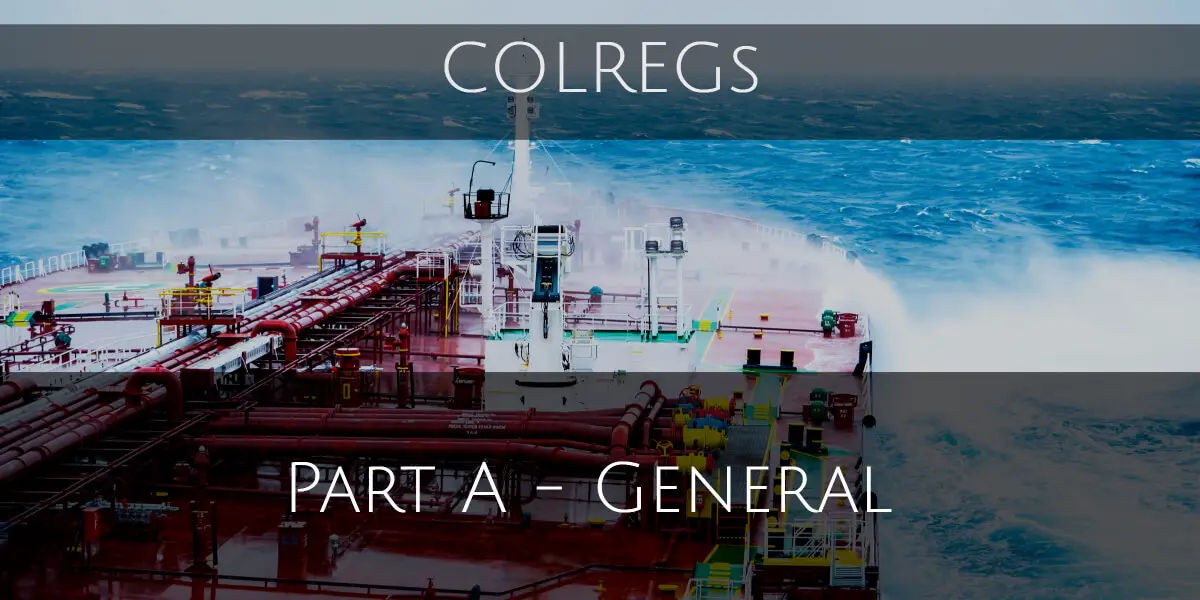(a) Nothing in these Rules shall exonerate any vessel or the owner, master or crew thereof, from the consequences of any neglect to comply with these Rules or of the neglect of any precaution, which may be required by the ordinary practice of seamen, or by the special circumstances of the case.
Meaning: There is no escaping the penalty of not following these rules. Everybody is responsible and no excuses are permitted that ‘I forgot’ etc. Also, there are some practices which are followed by seamen which may not be in the rules but they have been said and in use for many years, even these are included in compliance. This rule was formulated after all the ‘ordinary practice of seamen’ were written down as part of these rules, but some of the ‘ordinary practices’ which may have been overlooked are covered by this rule.
Circumstances can dictate a deviation from these rules, like if the seaman thinks that by following the rules in a special situation the action would endanger the ships, in that case, a deviation may be permitted which will not endanger the ships.
(b) In construing and complying with these Rules due regard shall be had to all dangers of navigation and collision and to any special circumstances including the limitations of the vessels involved which may make a departure from these Rules necessary to avoid immediate danger.
Meaning: In understanding and then complying with these rules – pay close attention to the dangers of navigation and to the circumstances which may arise where blindly following these rules may endanger the ships.
For this, if required by common sense that to follow the rules would make a situation worse, then an action may be taken which are different from these rules but would have ensured safety for the vessels.

That was very usefull for me…!
It helps me alot with my university curses…!
Thanks for such a nice handout…!
appreciate that was very usefully and helpful also
Wrong Interpretation. This rule is all about following ROR at all times.
Paragraph (b) means that while following ROR u must give regards to all dangers of Nav + collision+ spcl circumstances which will force you to go against the ROR. You can only deviate if Immediate Danger and Special circmstances both exist. then only.